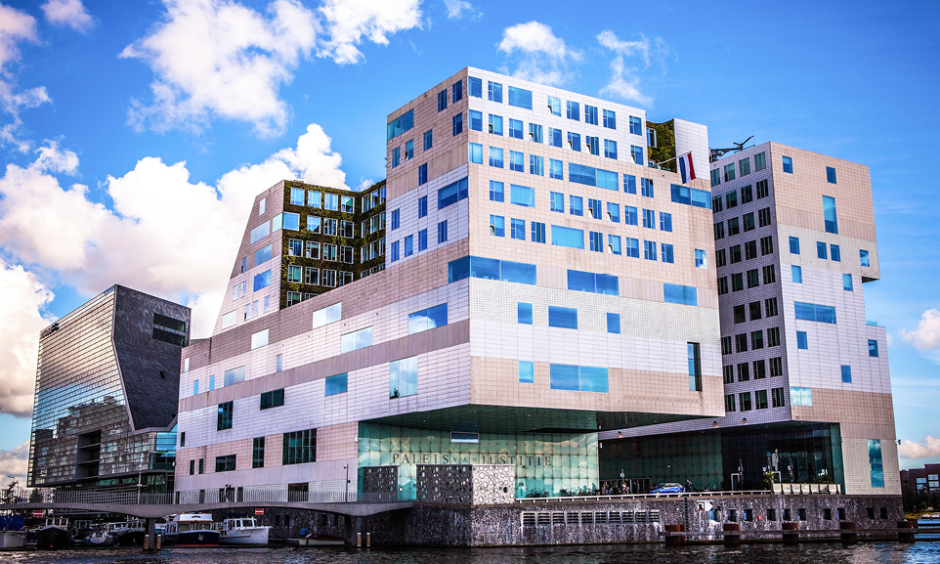Glioneuronal tumours are histologically mixed neuronal and glial tumours, according to the World Health Organization (WHO) Classification of 2016.1 They are extremely rare, and the two most common variants are the dysembryoplastic neuroepithelial tumour and ganglioglioma. These tumours are typically associated with chronic pharmacoresistant seizures in ≤90–100% of patients, occur more often in children and young adults, and are preferentially located in the temporal lobe. Most glioneuronal tumours are slow growing tumours of histological Grade I, according to WHO classification, and are curable by surgery alone.2 These tumours also lack isocitrate dehydrogenase mutations, 1p/19q codeletion, and p.Lys27Met mutation in histone (H)3.3 (H3F3A), all of which are typical of diffuse gliomas. Conversely, BRAF p.Val600Glu mutations are found in ≤50% of patients. Gross total resection is often feasible and is associated with prolonged survival, but subtotal resection may yield a good prognosis also. An early complete resection leads to seizure freedom in 70–90% of patients.3-5 Conformal radiotherapy is rarely employed in case of a large incomplete resection (due to the location in the midline or brainstem) or because of the tendency of the tumour to recur. A malignant transformation of ganglioglioma occurs in ≤6% of patients. Anaplastic gangliogliomas (WHO classification Grade III) are characterised by a malignant glial component, and the prognosis is poor (median survival of around 2 years) after radiotherapy and chemotherapy.6,7 In the future, molecular therapies targeting BRAF mutations or fibroblast growth factor receptor alterations could improve the outcome for glioneuronal tumour patients.
Glioneuronal Tumours

- Authors:
-
* Riccardo Soffietti, , Alessia Pellerino , Roberta Rudà
- Disclosure:
The authors have declared no conflicts of interest.
- Citation:
- EMJ Neurol. 2017;5[1]:48-49. Abstract Review No. AR5.
- Keywords:
- Glioneuronal tumour, dysembryoplastic neuroepithelial tumour, ganglioglioma, anaplastic ganglioglioma, treatment
Each article is made available under the terms of the Creative Commons Attribution-Non Commercial 4.0 License.







